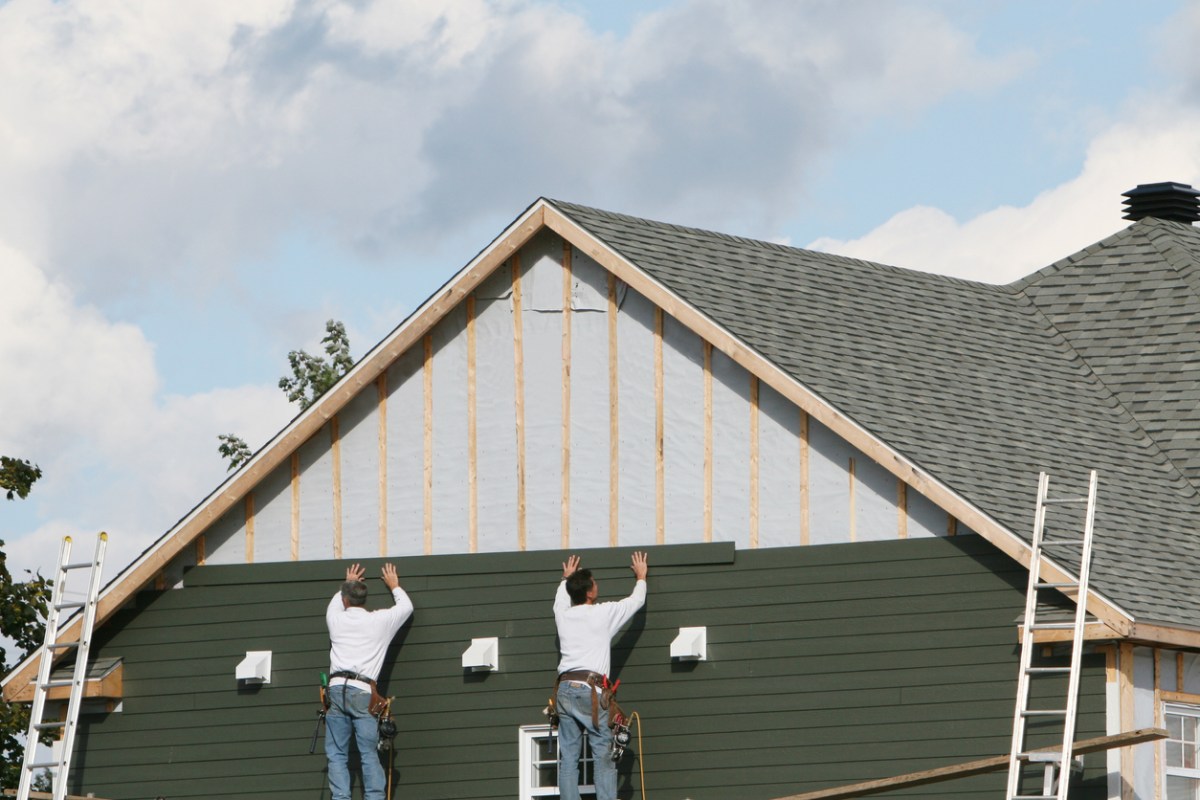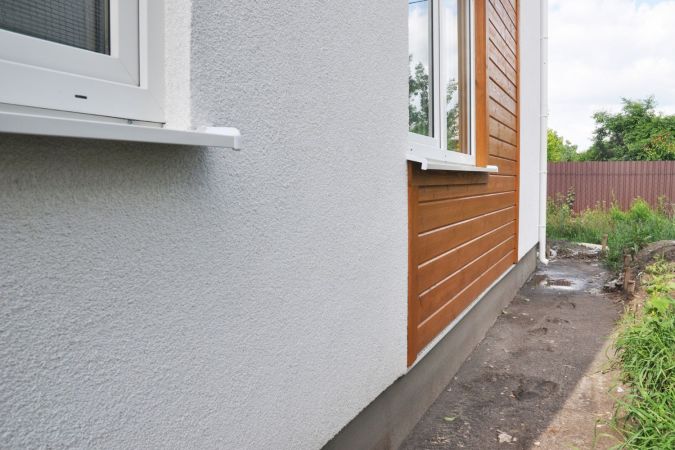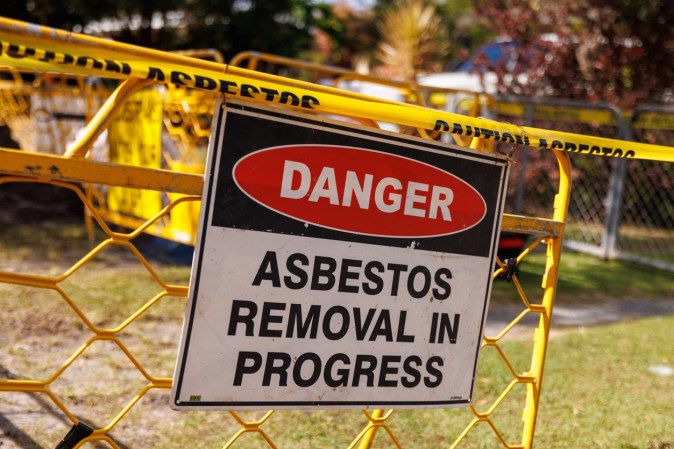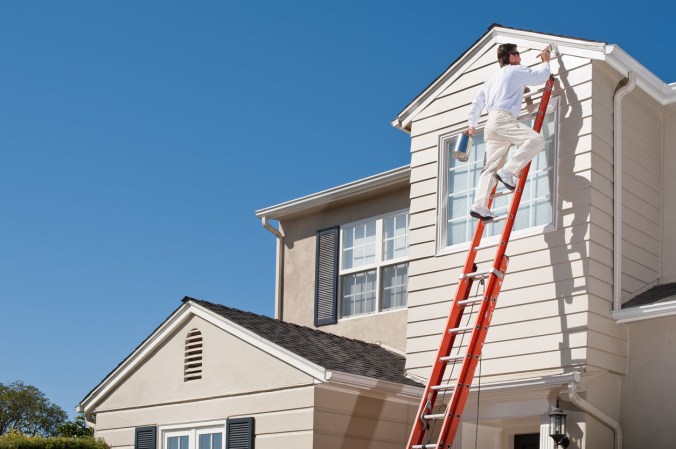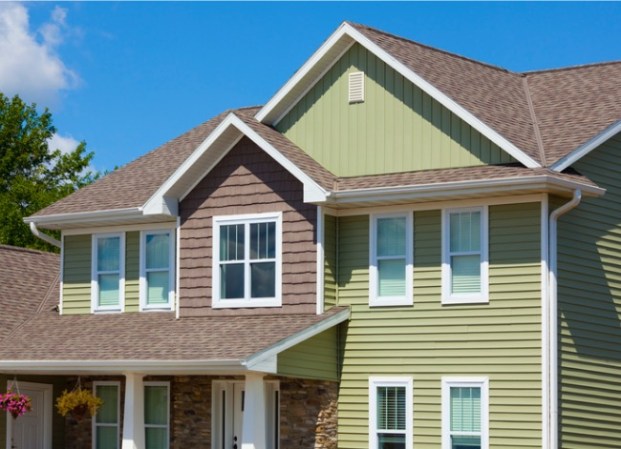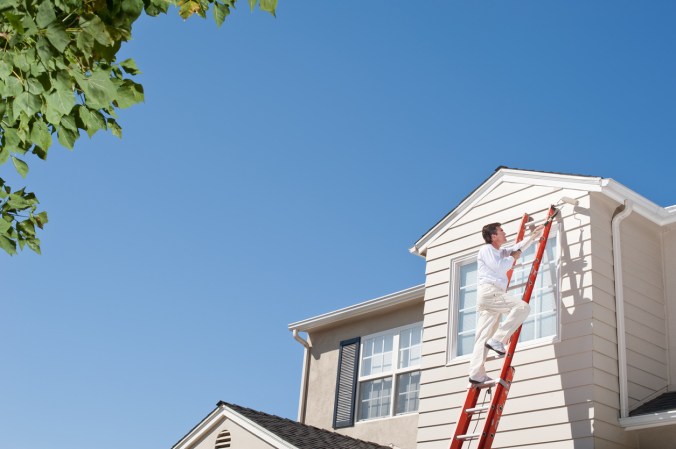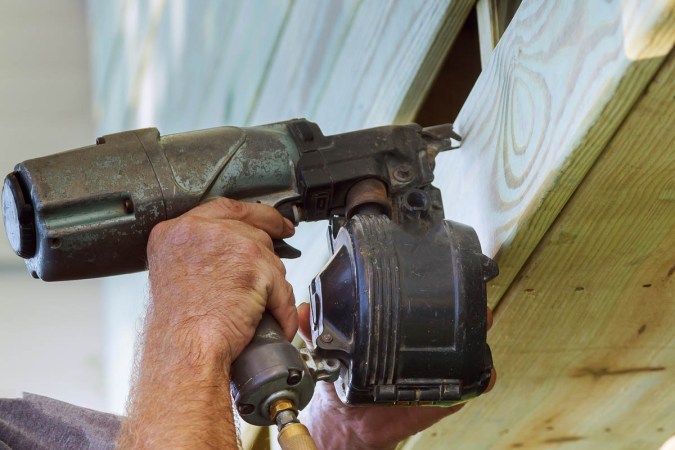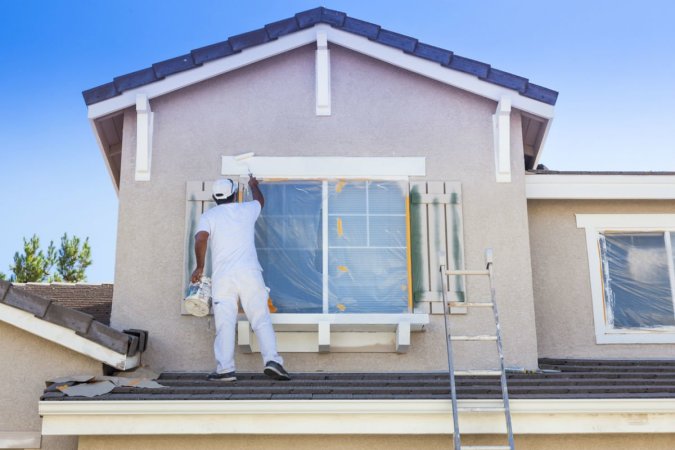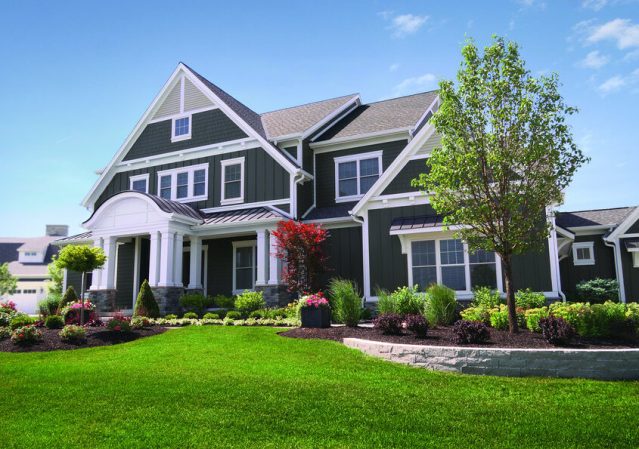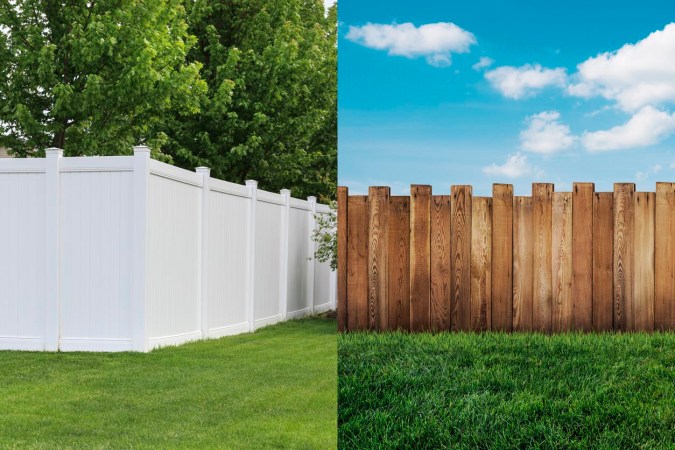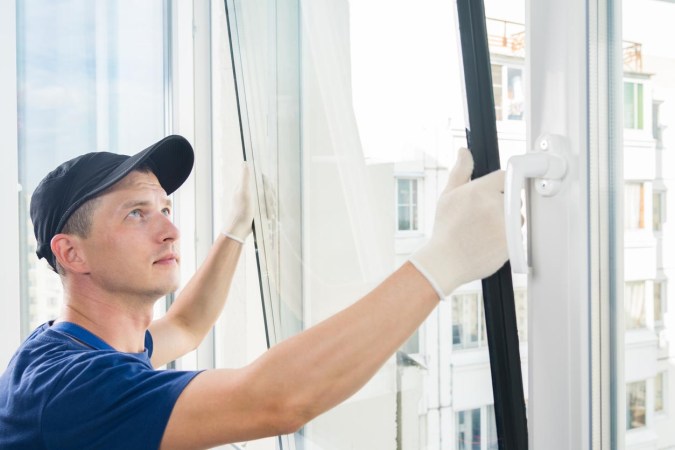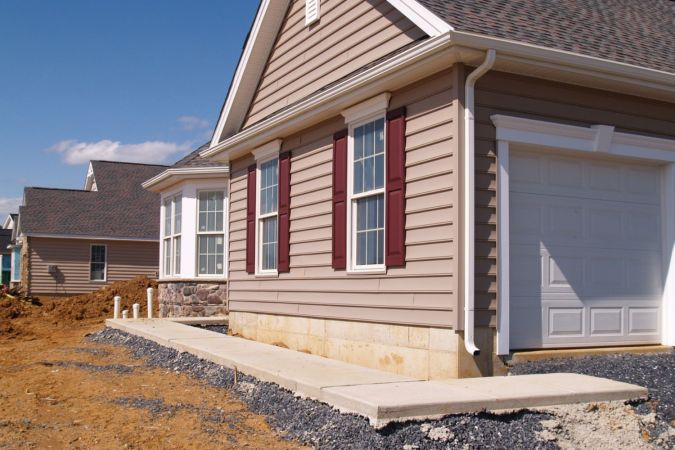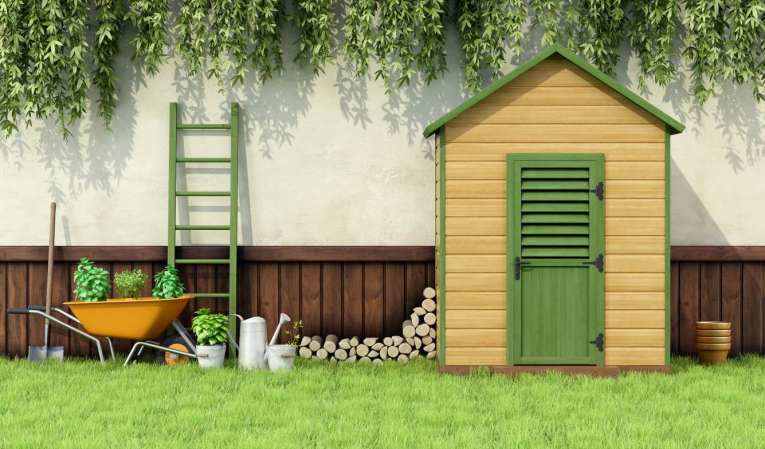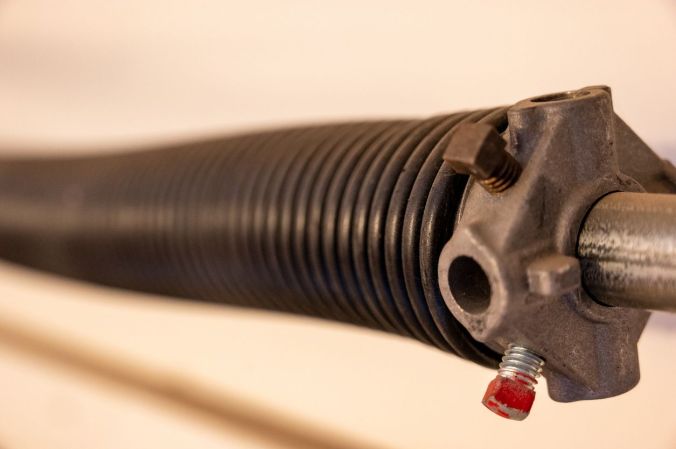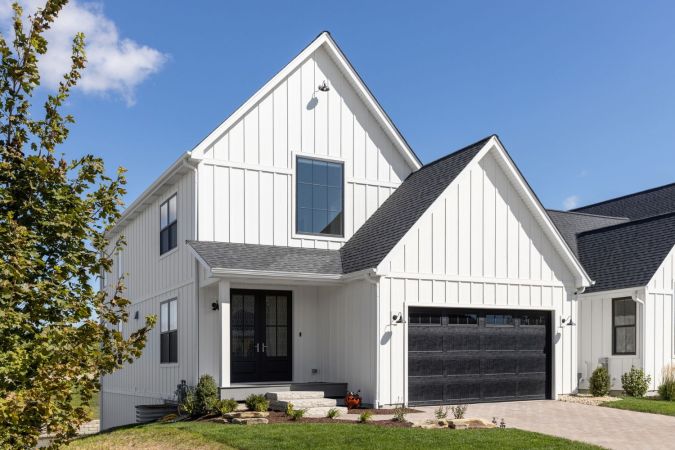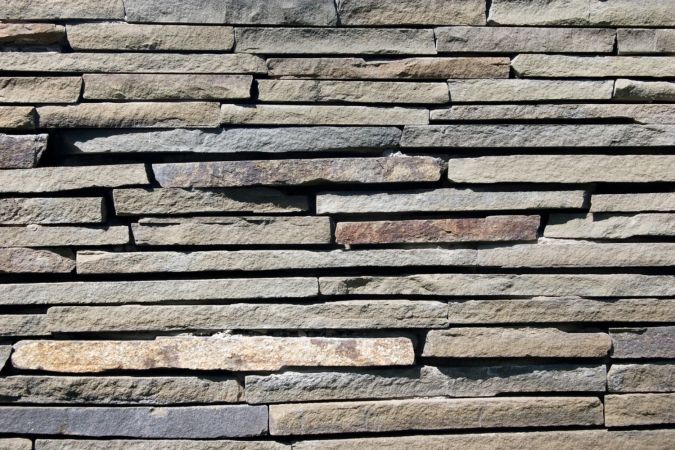We may earn revenue from the products available on this page and participate in affiliate programs. Learn More ›
What You Need to Know
- Depending on the material, exterior siding can last from 20 to 100 years before it needs to be replaced.
- Some signs it’s time to replace siding include cracking and rotting, bubbling paint, mold growth, fading, frequent need for painting or repairs, and a sudden increase in energy bills.
- Not only does old siding look unsightly, but failing to replace it can lead to water damage, mold, and even decreased energy efficiency.
- While some experienced DIYers may feel comfortable replacing siding themselves, it’s generally best to leave this project to a professional installer.
Q: I moved into my home several years ago, and I have never replaced the siding. I’m seeing some signs of wear here and there, but I don’t know if they warrant replacing the siding yet. How will I know when to replace the siding on my house?
A: Siding plays a crucial role in protecting a home from the elements. Not only does it shield interior walls from UV rays and water infiltration, but it also keeps climate-controlled air inside and drafts out. Exterior siding lasts for decades when installed correctly, and some materials like stucco can last as long as 100 years. However, it’s wise to monitor for any potential damage, especially if you have an older home and don’t know when the siding was last replaced. Fortunately, taking note of the siding’s material as well as inspecting for signs of significant wear can clarify the best course of action. If the siding has reached the end of its lifespan, it’s important to find the right professional for replacement to ensure that the new siding lasts as long as possible.
How Long Siding Lasts
Exterior siding can last anywhere from 20 to 100 years depending on the material and the climate. Those who live in older homes may not know the age of their home’s siding, but having a rough idea of how long their siding material typically lasts may still be a useful point of reference. For example, the time for replacing wood siding comes around relatively frequently, as wood siding lasts only 20 to 40 years. Alternatively, stone siding, which lasts up to 100 years, is more likely to have plenty of life left.
| Material | Lifespan |
| Engineered wood composite | 100+ years |
| Fiber cement | Up to 50 years |
| Metal | 40 to 70 years |
| Stone | 100+ years |
| Stucco | 50 to 100 years |
| Vinyl | Up to 60 years |
| Wood | 20 to 40 years |
For those who have the budget for a sturdier, more high-end siding material, it is often well worth the investment as it may never have to be replaced again in the homeowner’s lifetime. Maintenance is also key, so it’s important to research what kind of care the siding needs and stay on top of painting, cleaning, or sealing accordingly.
Repairing vs. Replacing Siding
The decision between investing in home siding replacement or repair will depend on what type of damage has been done and how old the current siding is. If the siding is less than 15 years old and has a small area that’s rotted, warped, chipped, or cracked, it will likely be possible to get away with having a small repair done to fix the damage.
Painting siding on the house is another option that can revive a shabby-looking exterior and act as a protective barrier that extends the life of the siding. However, older siding may need frequent, significant repairs that go beyond a fresh coat of paint, in which case siding replacement will be the best solution. It’s important to note that any indication of mold growth or damage from moisture such as bubbling paint or visible signs of mold will make it necessary to replace siding on the house to eliminate the issue and prevent mold from growing in the future.
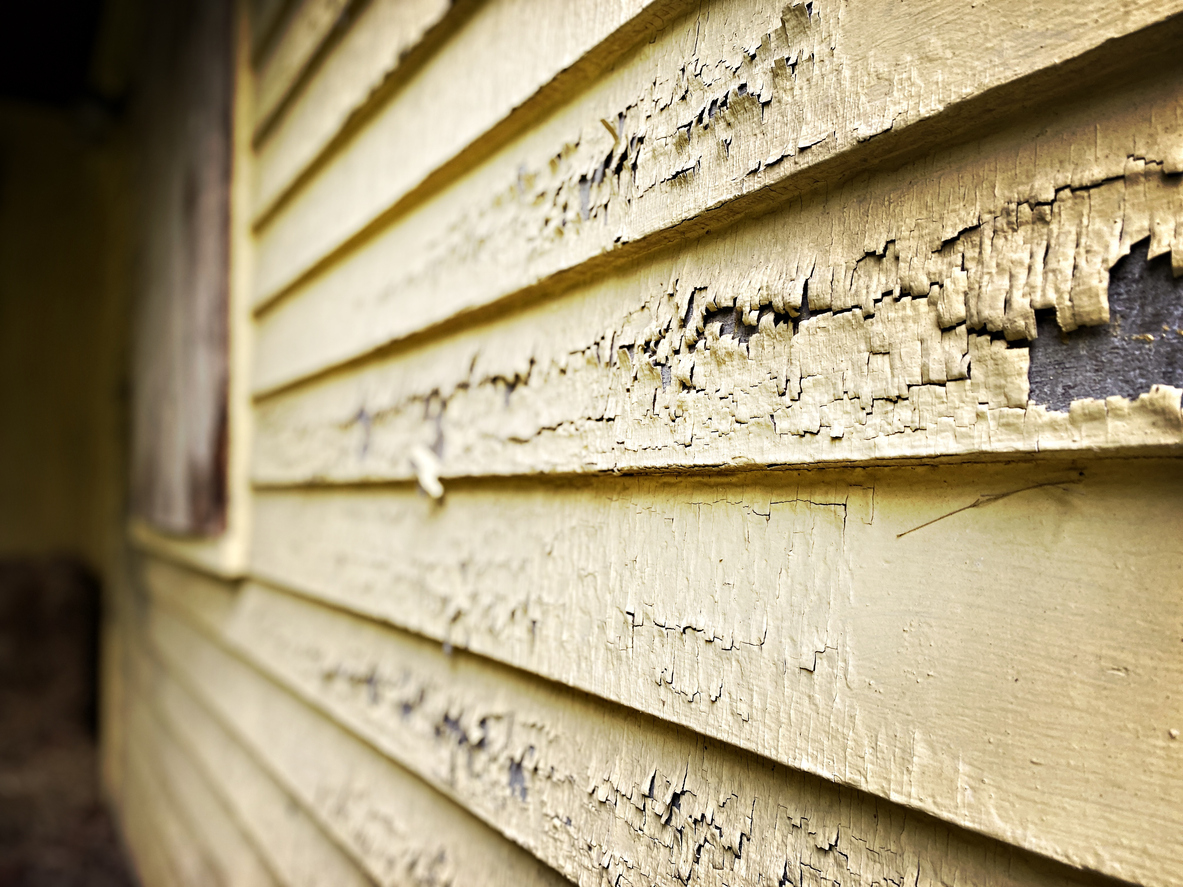
Signs It’s Time to Replace Siding
In most cases, it will be possible to tell when siding needs to be replaced by looking for wear and tear. Fading, cracking, warping, rotting, and paint chipping are some of the signs a home needs replacement siding to keep it protected and insulated.
Cracking or rotting are some of the most obvious signs that siding is nearing the end of its lifespan.
Over time, exposure to sunlight, rain, snow, and extremely high or low temperatures can take a toll on the integrity of a home’s siding. Cracking or rotting are sure signs that it’s time to look into siding replacements. Small cracks or areas with minor rotting may seem like a small problem, but any moisture that penetrates those areas can lead to further damage and mold growth if not addressed quickly. It’s often possible to tell if the problem goes deeper than the surface by gently pushing or pulling on the affected siding. If the material feels soft or starts to give way, the underside has likely begun to succumb to rot. It’s also worth noting that cracks that are large enough for water to pass through may also be large enough to admit pests like carpenter ants or termites.
Even if the cracking and rotting are confined to one area, it’s a good idea to have a licensed contractor or professional siding installer perform an inspection to determine the extent of the problem and how to proceed.
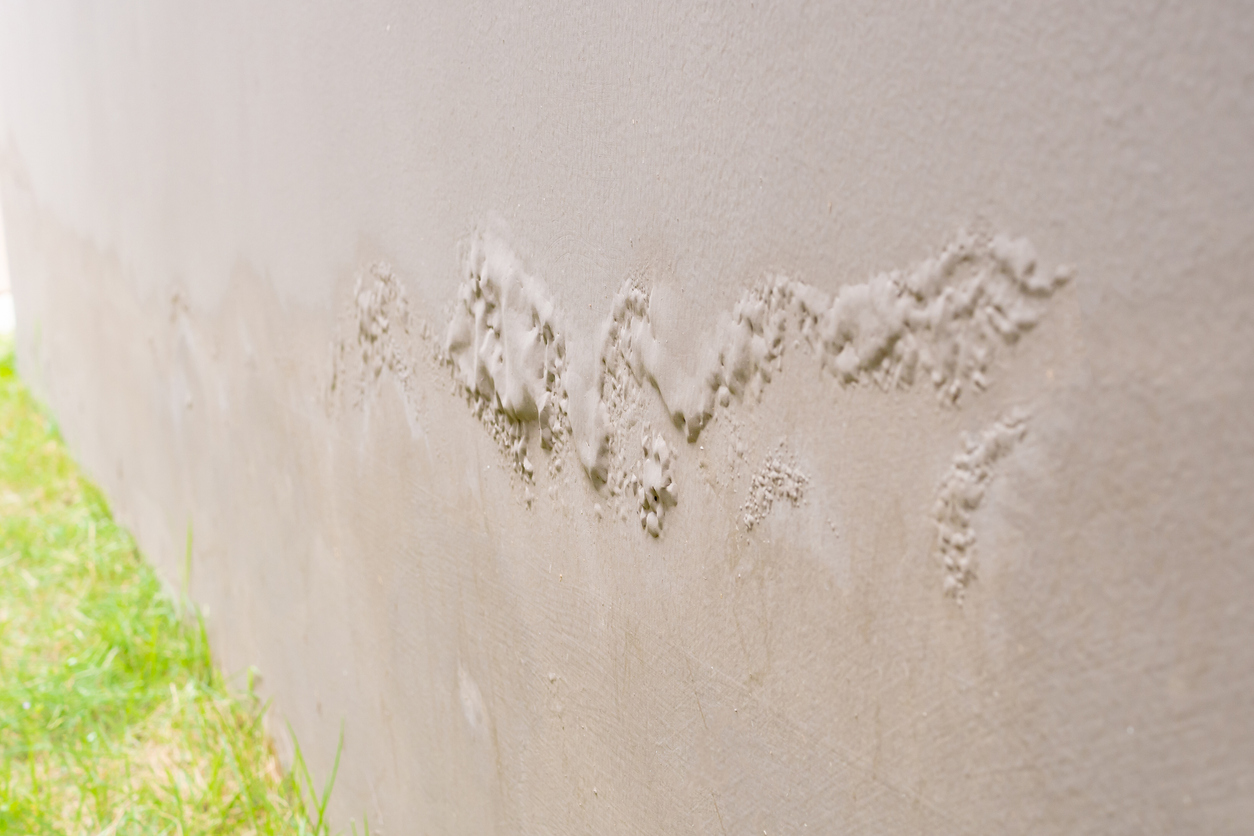
Bubbling paint can signal a moisture problem beneath the siding’s surface, which also means water could be making its way indoors.
Bubbling tends to occur when water or humidity becomes trapped underneath the siding material’s surface, causing it to swell. This is usually a result of leaks, cracks, or other vulnerabilities in the siding that allow moisture to seep through. It’s wise to also check for bubbling paint or wallpaper on interior walls, which could indicate that the water has made its way through the home’s siding and into the interior. To solve this problem, it’s critical to find the source of the moisture and eliminate it. This may involve repairing or replacing damaged siding, improving drainage around the home, sealing gaps, and making sure the home has proper ventilation.
Visible mold growth is another sign that the siding has a water infiltration issue.
Finding mold spores, which are often green, yellow, or black and form a pattern of clusters, could be grounds for replacing house siding to eliminate more damage due to water infiltration. Once water permeates a home’s siding, it could lead to mold growth on or underneath the surface that can quickly spread. Even a small amount of mold could cause structural damage to the outside of the home and, if it makes its way inside, can cause health issues for occupants with respiratory issues. The sooner any water infiltration or mold issues are addressed and damaged siding is replaced, the easier (and less costly) it will be to prevent further mold growth and protect the structural integrity of the home. It’s also a good idea to clean siding regularly to prevent spores from taking hold. Annual cleaning is recommended for vinyl siding, and other materials can be cleaned when they are visibly dirty or according to the manufacturer’s instructions.
Some siding materials like vinyl will fade significantly over time. Not only does this impact the look of the siding, but it can indicate that the material’s weatherproofing is wearing down.
Even the best vinyl siding brands are liable to wear out eventually, and one of the most obvious signs of this is fading. As the sun beats down on the home’s exterior, UV rays can break down the surface of the material. This is especially true in regions with longer summers and higher temperatures. However, faded siding isn’t just an aesthetic problem; it could also be a sign that the vinyl’s weatherproofing barrier is breaking down and no longer protecting the home from the elements. In this case, replacement siding for the house may be the best option.
If the siding requires frequent painting or repairs, it may be more cost-effective to replace it rather than pay for frequent maintenance.
As siding ages and the material becomes brittle, it may be more prone to damage and paint may flake off more easily. The cost to paint siding can add up if each exterior paint job only lasts a couple of years. Similarly, if it seems as if parts of the siding are cracking or breaking every few months, repair costs can mount quickly. Replacing siding on a house has a higher initial cost than siding repair and painting, but it may be more cost-effective in the long run if the material lasts longer than painted wood or vinyl. Plus, new siding materials are often more durable and have improved weather resistance and insulation features.
Lastly, a sudden increase in energy bills may be due to the siding losing its ability to insulate effectively.
When a home isn’t airtight, it may seem as if the air won’t get cool no matter how low the thermostat is set in the summer. Conversely, in the winter, it may feel impossible to get warm even if the heat is blasting. In some cases, this could be the result of outdated siding not properly insulating the home. For those who are seeing a jump in their energy bills without a concrete explanation, it may be worth calling a professional siding installation company to inspect the exterior of the home and determine if the siding needs to be repaired or replaced.
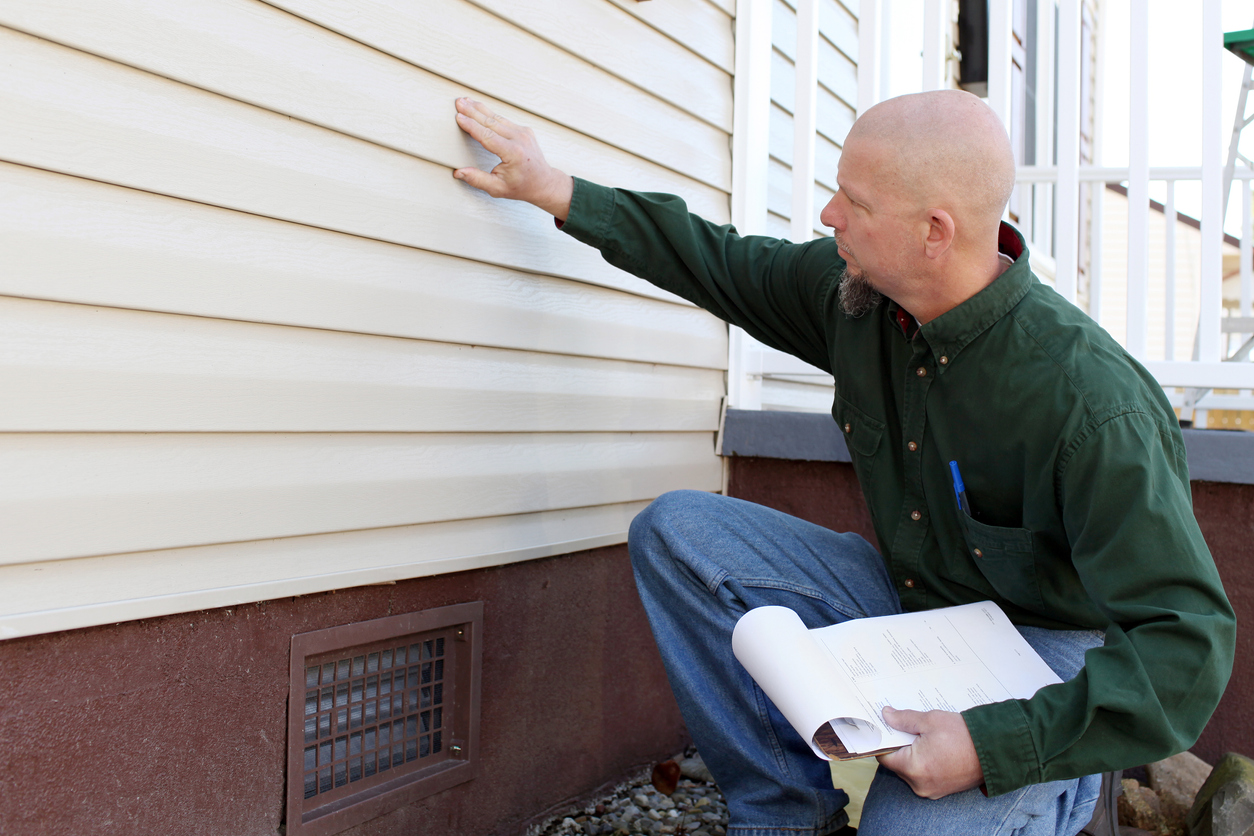
Who to Call for Siding Replacement
Siding replacement isn’t usually a suitable DIY project. Fortunately, from general contractors to siding installation companies or home remodeling businesses, there are a number of professionals who can take care of this job. It’s a good idea to do some due diligence, such as checking reviews and getting multiple quotes, to find the right professional to hire for the job.
While some siding materials are designed to snap in place for easy installation, in most cases siding replacement is not a DIY project.
It can be tempting to take on DIY projects, whether to save money on labor or simply for the sense of accomplishment. However, even the most experienced DIYers will want to think carefully before replacing siding on a house without the help of a professional. With DIY projects, sometimes the smallest or most basic tasks can become complicated, especially without the right tools or materials. Since siding helps protect a home from the elements, it’s important that it’s installed correctly so that it not only looks good but can keep moisture, debris, and mold from affecting the home. Inexperienced DIYers may not be familiar with all aspects of the process and could make mistakes such as installing siding before windows or putting up new siding on top of the old siding.
Homeowners who do outsource the job will find that house siding costs with labor can range from $5,576 to $17,529 depending on how big the home is and the siding material used. Wood and vinyl siding costs start on the lower end at about $2 per square foot, while stone veneer siding costs $11 to $18 per square foot.
A local construction or siding installation company is the best choice for completing this replacement.
To ensure that the siding is replaced correctly, it’s best to hire a construction or siding installation company to take on the job. In some cases, one of the best home renovation contractors (such as Mr. Handyman) that specializes in exteriors can also replace siding, but a siding installation company will have specialized knowledge and experience to make sure the siding not only looks its best but performs well over time and improves the curb appeal of the home. Professionals will also be able to provide useful tips and advice, weighing in on the differences between vinyl siding versus fiber cement or the cost of stucco versus siding.
In most cases, it’s a good idea to schedule the siding job in the late spring to early summer or fall, when temperatures are less extreme and there’s less chance of severe weather interfering with timelines or causing damage to the new siding. Before scheduling the project, it’s wise to get multiple estimates, check references for the chosen installation company, and ask for licensing and insurance information.

